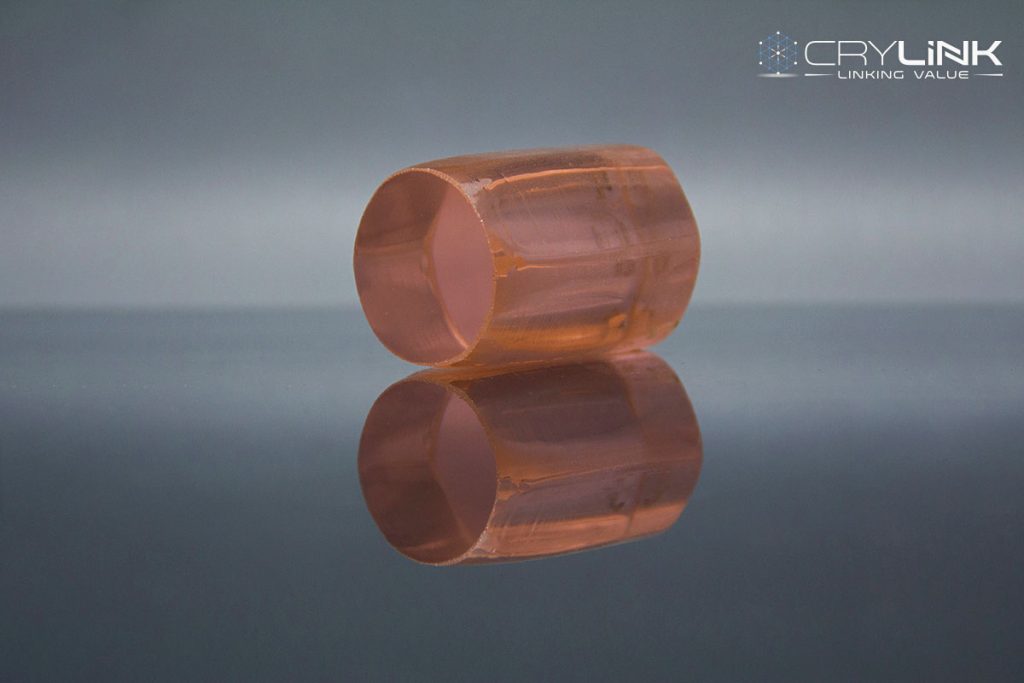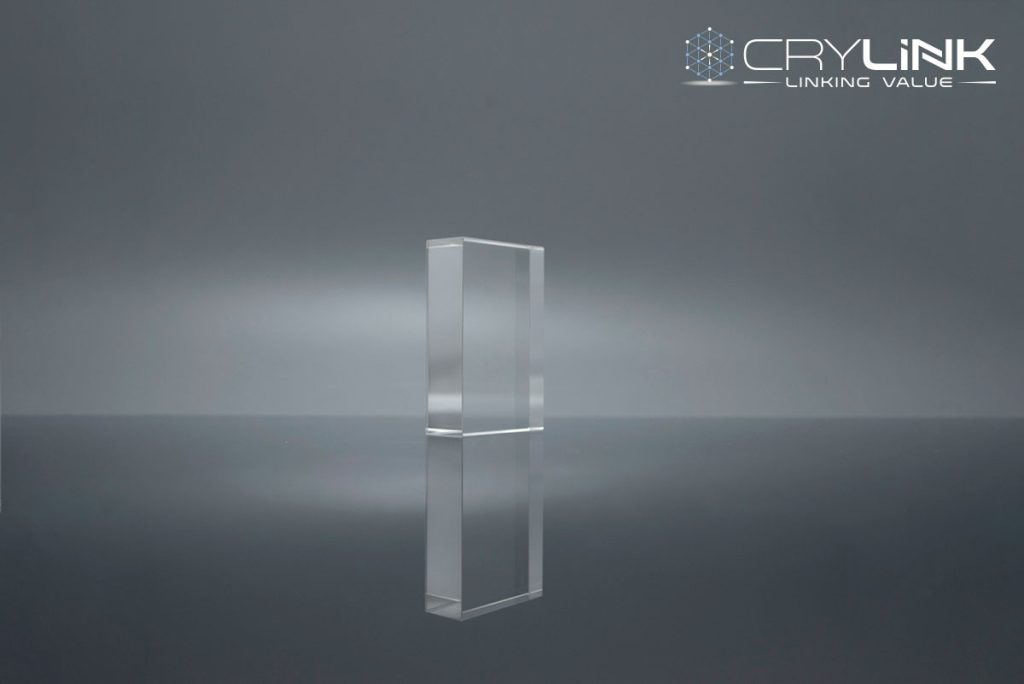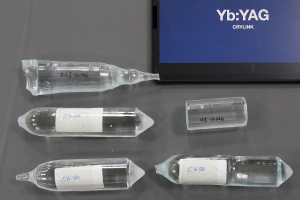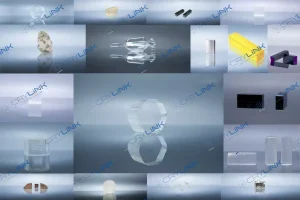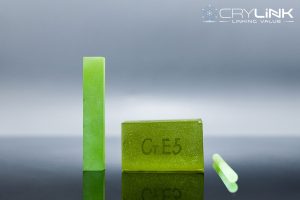The wavelength of the Ho:YAG laser is 2100nm. The absorption of 2100nm laser by water is about 25 cm-1, which is 25 times more than the absorption of Nd:YAG laser. Therefore, the Ho:YAG laser penetrates soft and hard tissues shallowly because of high surgical precision and unique coagulation effect that limits the area of damage. The Ho:YAG laser can be delivered in a low OH-based quartz fiber and work efficiently in gas and liquid environments. The Ho laser endoscopically treats a variety of intracavitary diseases.
The two μ m laser has a strong absorption peak for water, the main component of biological tissues. It, therefore, penetrates biological soft tissues to a depth of only a few hundred microns. The laser spot is highly directional and extensible, which can ablate small areas and cause transient coagulation of biological proteins so that the cut tissue can be rapidly hemostatic during surgery. These advantages make the two μm laser an ideal light source for medical procedures.
Theotry
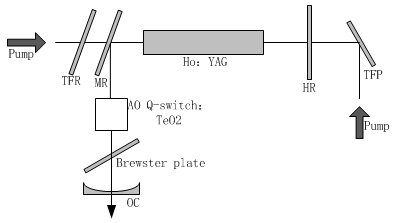
2100nm Laser (Ho:YAG)
- Gain Media
Ho:YAG - Q Switch Crystal
TeO2 - TFP: thin film polarizer
Thin-film polarizers ensure that the polarization of the two pump lights are perpendicular to each other, with one beam p-polarized and one beam s-polarized. - Brewster Board
Suppresses horizontally polarized light and selects vertically polarized light for output. - MR, HR, OC
MR and HR are highly transparent to pump light, while 2.1 μm oscillating light has high reflectivity. OC, output mirror image.
- High absorption peak for water
- Inducing transient coagulation of biological proteins
- High Power
- Good beam quality
- Waves can be transmitted in silica fibers
- Treatment of skin diseases
Treatment of certain skin diseases with Ho:YAG laser is easy to operate and accurate in positioning. It not only vaporizes and cuts tissues, but also has coagulation and hemostatic effects. There is little damage to the surrounding tissues and the wound
heals quickly. - Ho laser lithotripsy
The pulsed Ho laser enters the body through a cavity lens with soft fibers to directly crush and ablate stones. The rate of stone fragmentation is high and the degree of comminution is high; Holmium laser lithotripsy can also treat soft tissue diseases such as polyps, ureteral and urethral strictures, and bleeding; the operation time is short, tissue damage is small, tissue bleeding is low, edema is low, postoperative stone extraction is facilitated, and the cure rate is high. - Laser thermal keratoplasty
The photothermal effect of the laser is used to contract the collagen fibers around the cornea and steepen the central curvature of the cornea to correct farsightedness and hyperopic astigmatism.

